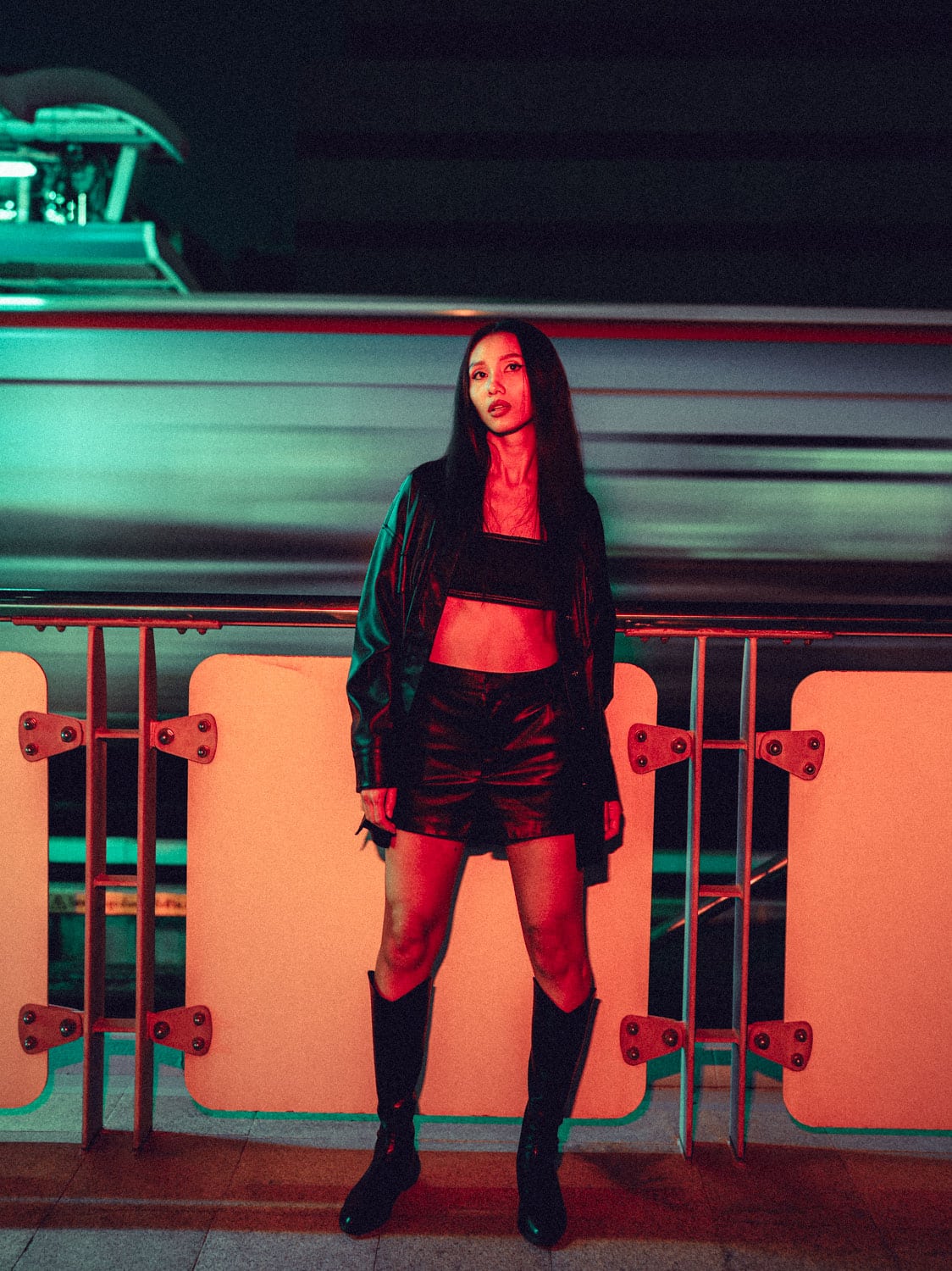Lighting is the backbone of photography, and in portrait photography, it plays an even more pivotal role. It can transform an ordinary portrait into a captivating masterpiece, bringing out the subject’s personality, mood, and features in ways that natural or ambient lighting alone cannot achieve. For a professional portrait photographer, mastering lighting techniques is a key skill that sets their work apart. Whether you’re using natural light or studio setups, understanding how to manipulate and harness lighting is the secret to creating expressive and impactful portraits.
As a professional portrait photographer in Bangkok, I’ve seen firsthand how lighting shapes the story a portrait tells. Bangkok’s diverse lighting conditions, from its radiant golden hour to the interplay of shadows in its bustling streets, offer endless opportunities for creative expression. This article delves into the importance of lighting in portrait photography and explores how it can elevate your images to new heights.
The Role of Lighting in Portrait Photography
Lighting does more than illuminate a subject; it creates mood, highlights textures, and sculpts features. The interplay between light and shadow can evoke a wide range of emotions, from dramatic tension to soft vulnerability. In portrait photography, the direction, quality, and intensity of light can entirely change how a subject is perceived.
For example, soft, diffused lighting—often achieved through natural light during golden hour or with the help of diffusers—is flattering for most subjects. It minimizes harsh shadows, smooths skin textures, and creates a warm, inviting ambiance. On the other hand, hard, directional lighting can emphasize sharp angles, create bold contrasts, and convey a sense of drama or intensity.
In addition to mood, lighting also dictates the focus of the image. By strategically placing light sources, a portrait photographer can draw attention to specific features, such as the subject’s eyes, while allowing other elements to recede into the background. This deliberate use of light creates depth and dimension, transforming a two-dimensional image into a lifelike representation.
Natural Light: A Timeless Choice
Natural light is a favorite among portrait photographers for its versatility and authenticity. Bangkok’s tropical climate provides unique lighting opportunities, with vibrant daylight, overcast skies, and golden hour sunsets offering a wide range of creative possibilities. The key to mastering natural light lies in understanding its nuances and knowing how to adapt to changing conditions.
Golden hour, the hour after sunrise or before sunset, is often referred to as the “magic hour” for good reason. During this time, the sun’s low angle produces warm, soft light that flatters skin tones and creates a gentle glow. Midday light, while harsher, can be softened by positioning the subject in the shade or using reflectors to bounce light back onto their face. Overcast days provide a natural diffuser, creating even lighting that eliminates harsh shadows and is perfect for close-up portraits.
Working with natural light also involves understanding how to use the environment to your advantage. Buildings, trees, or reflective surfaces can act as natural light modifiers, adding depth and interest to the composition. As a portrait photographer, learning to observe and harness these elements allows for creative and dynamic images, even in unpredictable conditions.
Studio Lighting: Control and Creativity
While natural light is beautiful, studio lighting offers unparalleled control. A studio setting allows portrait photographers to manipulate every aspect of the light, from its direction and intensity to its color temperature. This level of control opens the door to endless creative possibilities.
Studio lighting typically involves a combination of key lights, fill lights, and backlights. The key light is the primary source of illumination, defining the subject’s features and setting the overall tone of the portrait. The fill light softens shadows created by the key light, while the backlight adds separation between the subject and the background, creating a sense of depth.
Modifiers such as softboxes, umbrellas, and grids are essential tools in studio lighting. These devices shape and soften light, allowing photographers to create specific effects. For example, a softbox produces diffused, even light that mimics natural light, while a grid focuses the light into a narrow beam for dramatic emphasis. Color gels can also be used to introduce creative flair, adding mood or thematic elements to the portrait.
The Importance of Light Direction
The direction of light significantly impacts the mood and composition of a portrait. Understanding how to position light relative to your subject can help you achieve the desired effect. Here are some common lighting directions and their effects:
- Front Lighting: Light placed directly in front of the subject creates an even, flat illumination. While this is great for minimizing shadows, it can sometimes lack depth and dimension.
- Side Lighting: By positioning the light to the side of the subject, you introduce contrast and texture. This technique is ideal for emphasizing facial structure or creating a dramatic effect.
- Backlighting: Placing the light source behind the subject creates a halo effect, adding a sense of ethereality. Backlighting works beautifully for outdoor portraits during sunrise or sunset.
- Rembrandt Lighting: Named after the famous painter, this technique involves positioning the light at a 45-degree angle to the subject. It creates a triangle of light under one eye, adding depth and a classic, artistic feel.
Experimenting with these lighting directions allows portrait photographers to tailor each session to the subject’s personality and the desired narrative.
Balancing Light and Shadow
The interplay between light and shadow is at the heart of portrait photography. Shadows add intrigue and depth, while light reveals detail and clarity. A skilled portrait photographer knows how to balance these elements to create harmony within the image.
For example, high-key lighting setups, characterized by bright, even light with minimal shadows, are often used for cheerful or glamorous portraits. Conversely, low-key lighting, which emphasizes shadows and uses minimal light, conveys a sense of mystery or drama. By understanding these dynamics, photographers can evoke specific emotions and enhance the storytelling aspect of their portraits.
Conclusion
Lighting is the lifeblood of portrait photography, influencing every aspect of the image from mood to composition. Whether you’re working with natural light or a studio setup, understanding the principles of lighting allows you to craft portraits that are not only visually stunning but also deeply expressive. As a professional portrait photographer, I’ve seen how mastering lighting techniques can elevate a session, turning ordinary moments into extraordinary works of art.
Whether you’re looking to capture a family portrait in the soft glow of golden hour or create a dramatic branding image in a controlled studio environment, the right lighting makes all the difference. Let’s work together to create portraits that reflect your unique story, illuminated in the best light possible.


